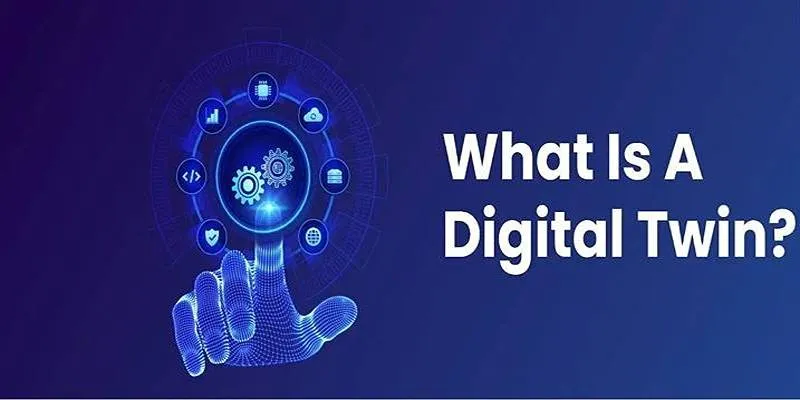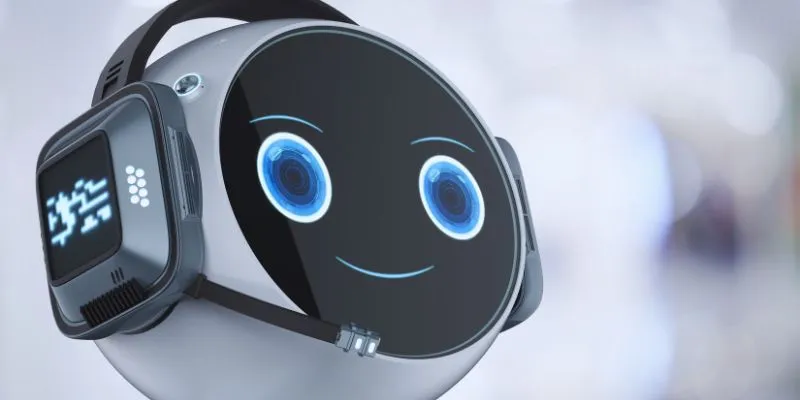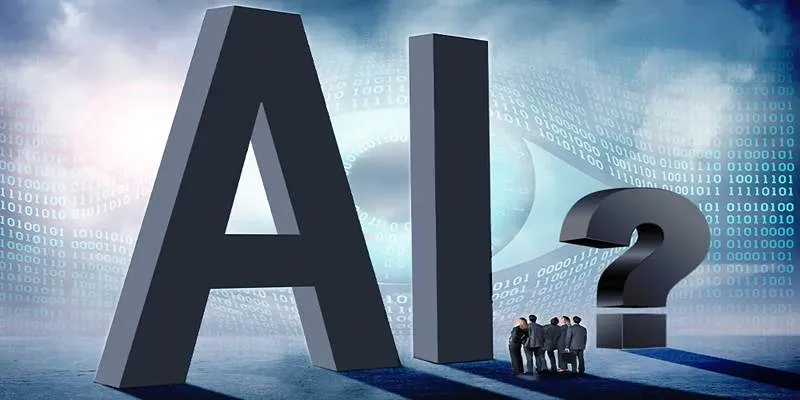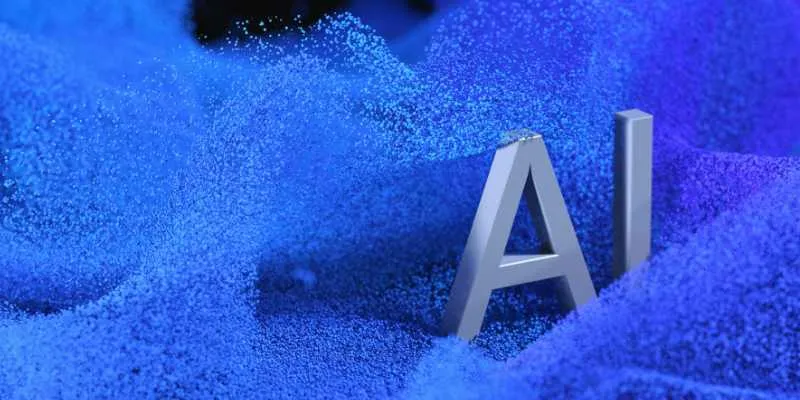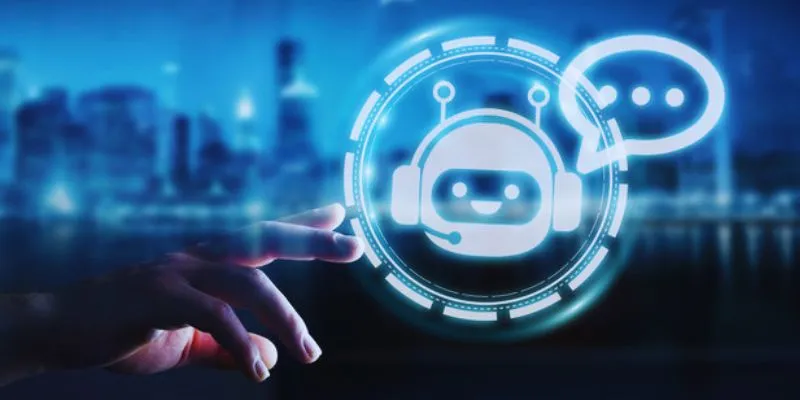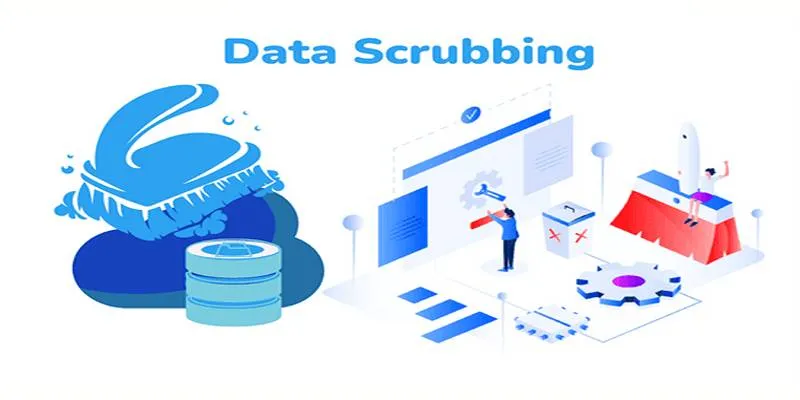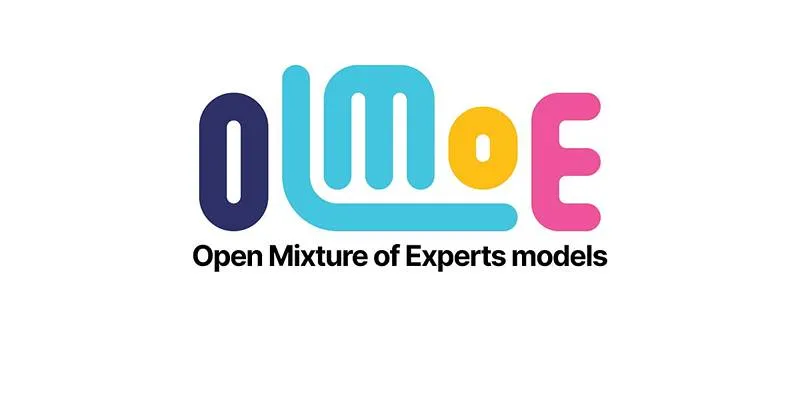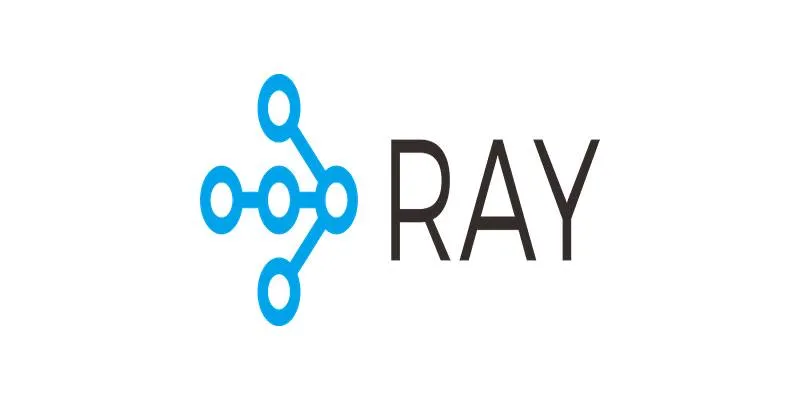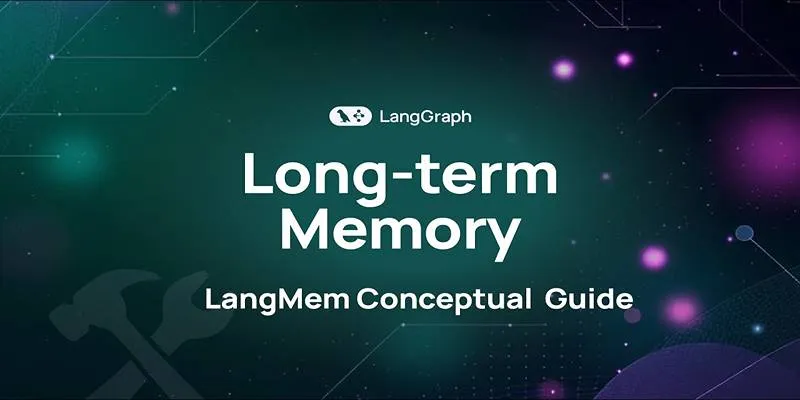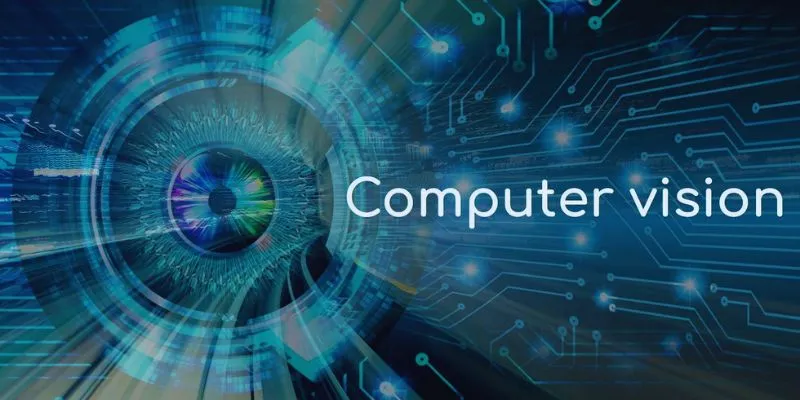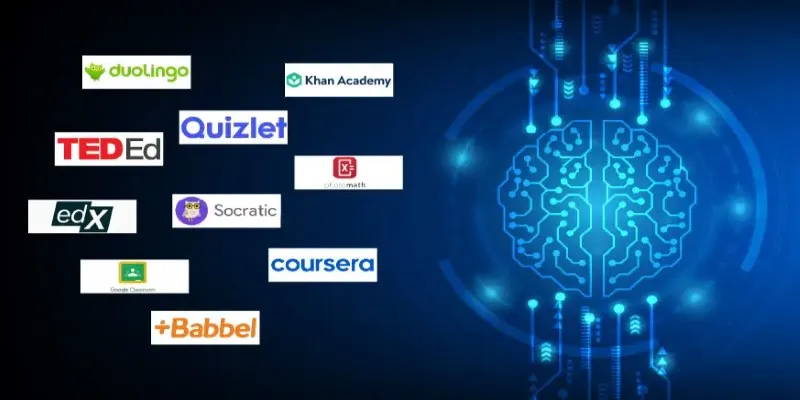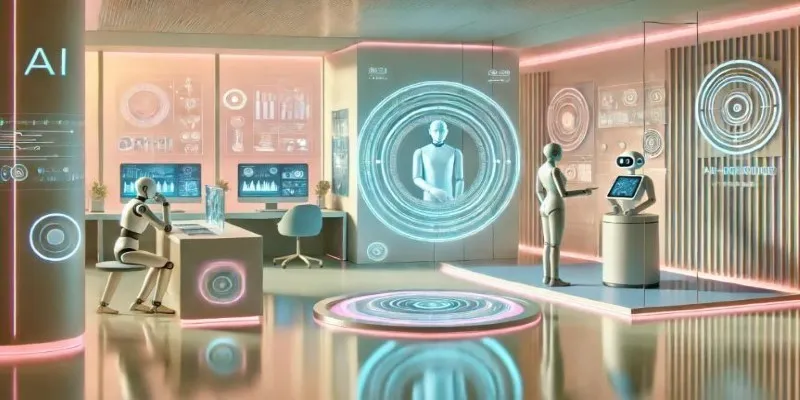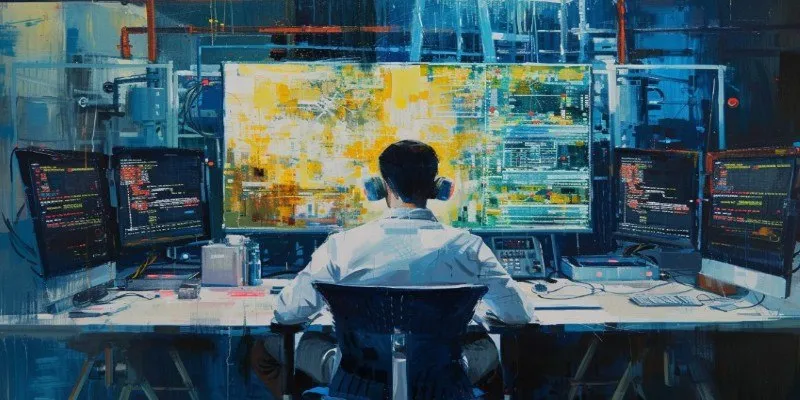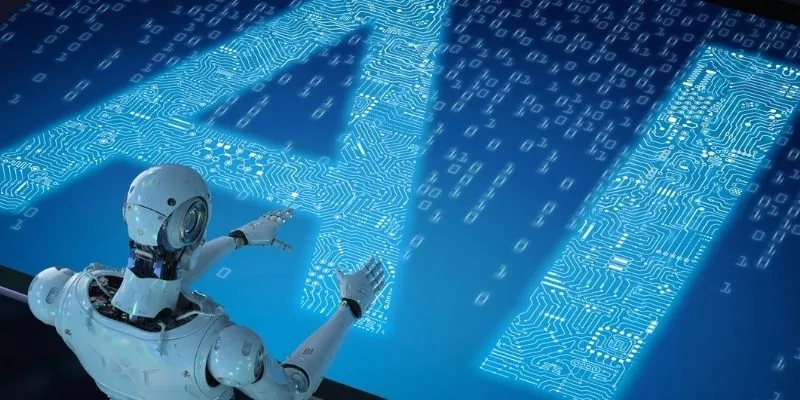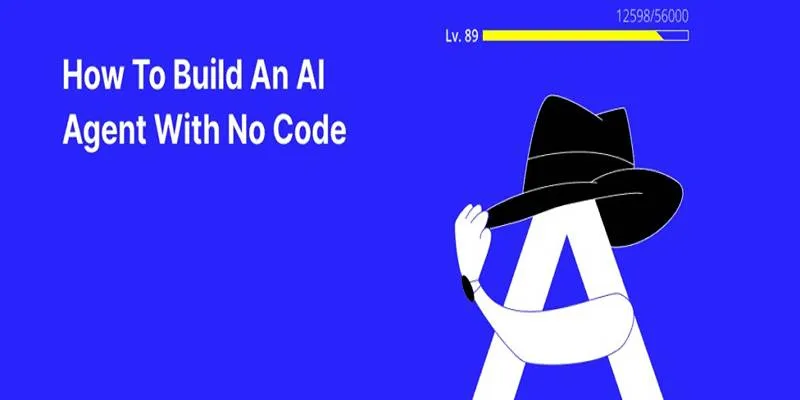In the rapidly evolving world of artificial intelligence and natural language processing, retrieval-augmented generation (RAG) models have dramatically transformed how language models maintain currency and relevance. However, as demand for deeper reasoning and structured comprehension increases, GraphRAG emerges as the next evolutionary step. This blog post delves into the distinctions between traditional RAG systems and GraphRAG, explains how GraphRAG functions, and highlights its significance in developing more intelligent AI systems.
Understanding Retrieval-Augmented Generation (RAG)
Traditional language models are powerful but inherently static. Once trained, these models cannot access updated information without retraining—a process that is both time-consuming and costly.
RAG addresses this limitation by integrating a retriever and a generator:
- Retriever : Searches external knowledge sources like document databases to fetch relevant information.
- Generator : Utilizes a language model (such as GPT) to create responses based on the information retrieved.
Consider a chatbot designed for a tech product. When a new feature is launched, the model typically requires retraining. With RAG, the model can simply access the new feature information from a database and generate an updated response in real-time, eliminating the need for retraining.
Limitations of Traditional RAG
Despite its efficiency, RAG is not without flaws. The retrieval mechanism is heavily reliant on semantic similarity, often fetching text that appears relevant but missing deeper connections.
Here are some of the primary challenges:
- Context Loss : Dividing documents into small sections (100-300 words) can disrupt narrative or logical flow.
- Semantic Mismatches : High similarity scores do not always capture meaningful or relational context.
- Scalability : Managing large text volumes and updating them over time is challenging.
- Training Needs : High-quality data is crucial for effective retriever and generator performance.
A practical demonstration using Marie Curie’s life story illustrates the information loss in RAG. Even with high similarity scores, significant narrative context is often absent.
Introducing GraphRAG: Enhanced Structure and Understanding
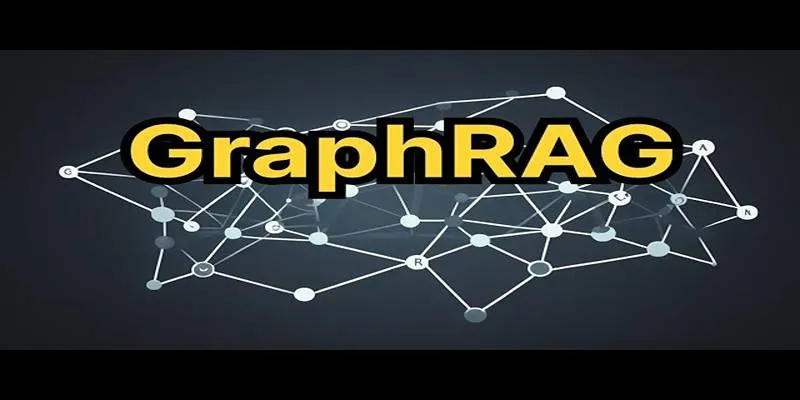
GraphRAG builds on the foundational concepts of RAG by incorporating knowledge graphs into the retrieval process. A knowledge graph is a structured representation of entities—such as people, places, or concepts—and the relationships between them. GraphRAG uses this graph-based structure to improve the retrieval mechanism, making it more adept at handling complex queries.
Key Features of GraphRAG
By integrating knowledge graphs into the retrieval process, GraphRAG enhances the quality and precision of AI-generated responses. Leveraging relationships between entities allows GraphRAG to offer a more nuanced understanding and dynamic information retrieval, making it a powerful tool for addressing complex queries.
1. Graph-Based Retrieval
While traditional RAG relies on similarity-based retrieval methods, GraphRAG adopts a more structured approach. Information is retrieved not only by semantic similarity but also by navigating relationships in a knowledge graph. This capability allows the system to find relevant documents and related entities and their interconnections, providing a deeper and more contextual understanding.
For instance, in a traditional RAG system, a query about Marie Curie may retrieve documents with isolated facts about her life, such as her birthplace, discoveries, and awards. In contrast, GraphRAG would also identify relationships between entities like “Marie Curie” and “Polonium,” “Radium,” or “Nobel Prize,” offering a richer understanding of the query.
2. Enhanced Contextual Understanding
GraphRAG surpasses traditional RAG by leveraging knowledge graphs to understand complex relationships and integrate multiple entities into its responses. This feature is particularly beneficial for multi-hop queries requiring information from different knowledge base sections.
For example, a query about Marie Curie’s contributions to medical science might lead a traditional RAG model to fetch documents mentioning her discovery of radium, missing its connection to medical treatments. GraphRAG, however, would recognize that “Radium” was used in early cancer treatments, generating a more comprehensive and relevant response.
3. Efficient Handling of Complex Queries
GraphRAG’s ability to navigate a graph’s structure makes it highly effective at handling complex, multi-faceted queries. Instead of merely retrieving related text chunks, GraphRAG traces relationships between entities, ensuring comprehensive context capture.
This capability is particularly advantageous in fields where knowledge is inherently relational, such as medicine, science, or law. For instance, understanding the interconnections between legal concepts, cases, and rulings can significantly benefit legal queries—something traditional RAG models may overlook.
4. Improved Retrieval Precision
The knowledge graph in GraphRAG offers a more precise method for identifying relevant entities and relationships, leading to more accurate retrieval. Unlike traditional RAG, which may retrieve documents based on keyword similarity, GraphRAG’s graph-based approach can identify contextually relevant information that conventional searches might miss.
5. Scalability with Structured Data
GraphRAG’s scalability surpasses traditional RAG when dealing with large, structured datasets. Knowledge graphs are designed to manage complex relationships and extensive interconnected data, providing a more efficient way to manage and retrieve information than flat document-based systems.
Advantages of GraphRAG Over Traditional RAG
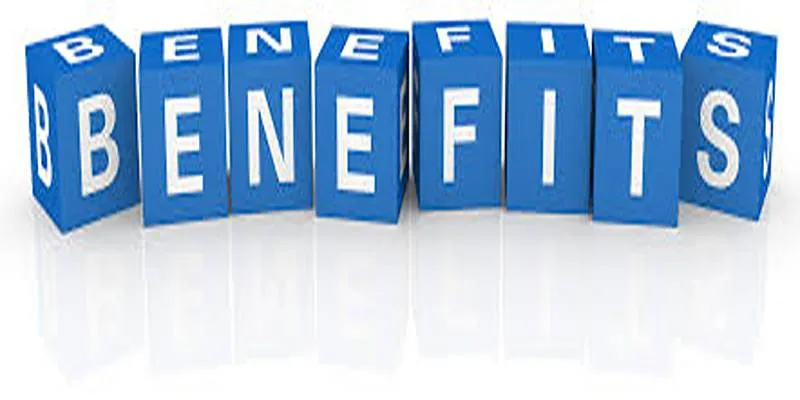
GraphRAG offers several enhancements over traditional RAG:
- Contextual Depth : By utilizing knowledge graphs, GraphRAG captures and preserves relationships between entities, offering a deeper understanding of the data.
- Reduced Information Loss : GraphRAG’s ability to connect related entities and relationships ensures minimal information loss during retrieval, resulting in more accurate and comprehensive responses.
- Dynamic Updates : Like traditional RAG, GraphRAG allows real-time knowledge base updates. However, its graph-based structure simplifies the integration of new relationships without frequent retraining.
- More Coherent Explanations : Leveraging structured relationships, GraphRAG provides clearer and more coherent explanations, especially for complex or multi-step queries.
Conclusion
The transition from traditional RAG to GraphRAG marks a significant leap in how AI systems process and retrieve information. By employing structured relationships instead of flat text, GraphRAG systems can answer more complex questions, offer clearer explanations, and mimic human-like understanding.
While not a one-size-fits-all solution and requiring more setup and maintenance, GraphRAG opens up new possibilities for smarter, more trustworthy AI. As the field progresses, the combination of graphs, embeddings, and large models will shape the next generation of AI knowledge systems.
 zfn9
zfn9
